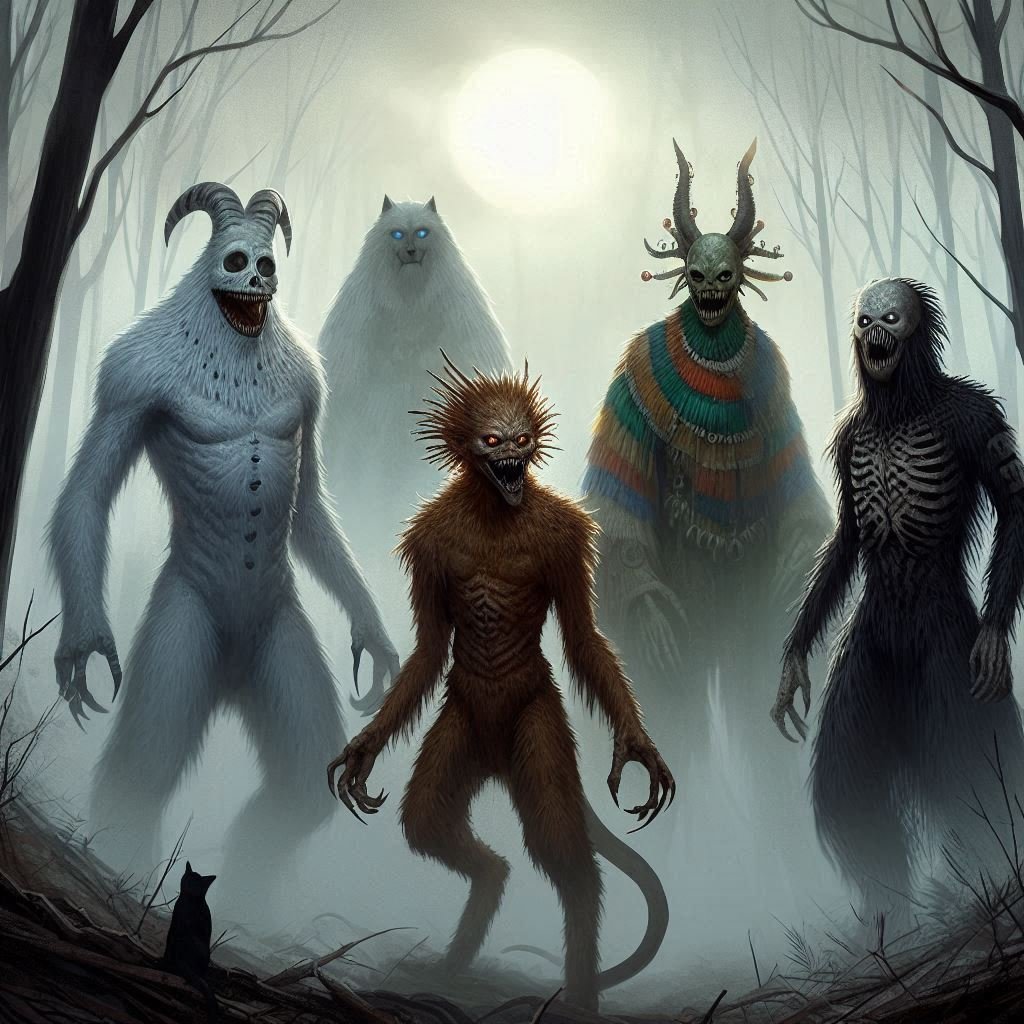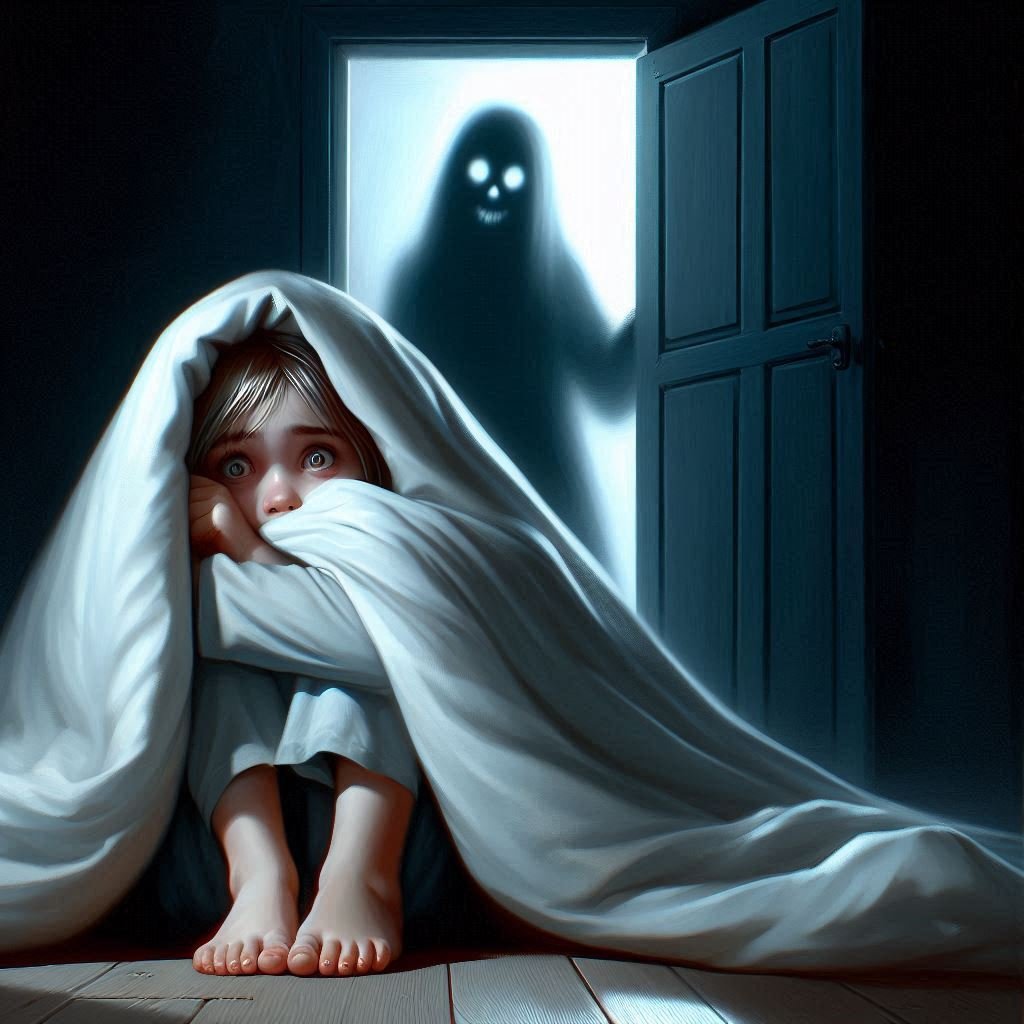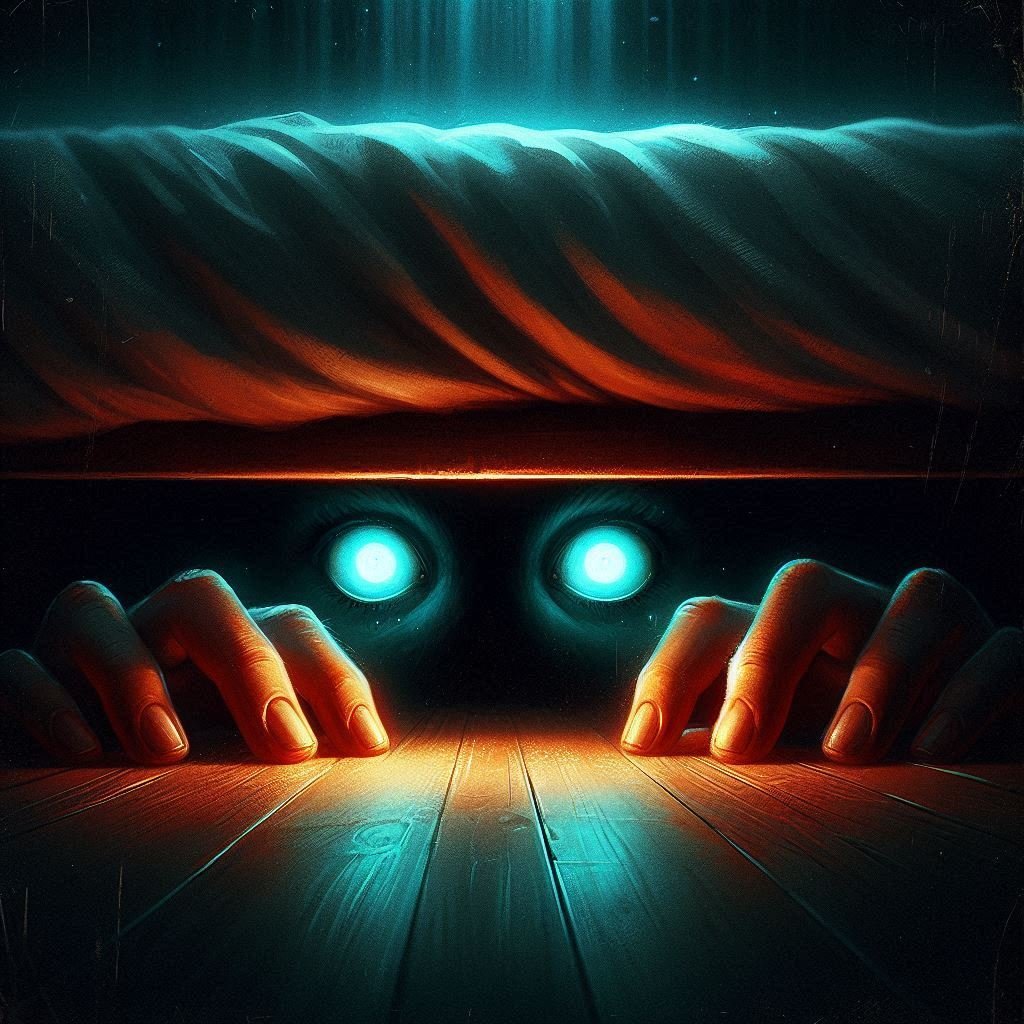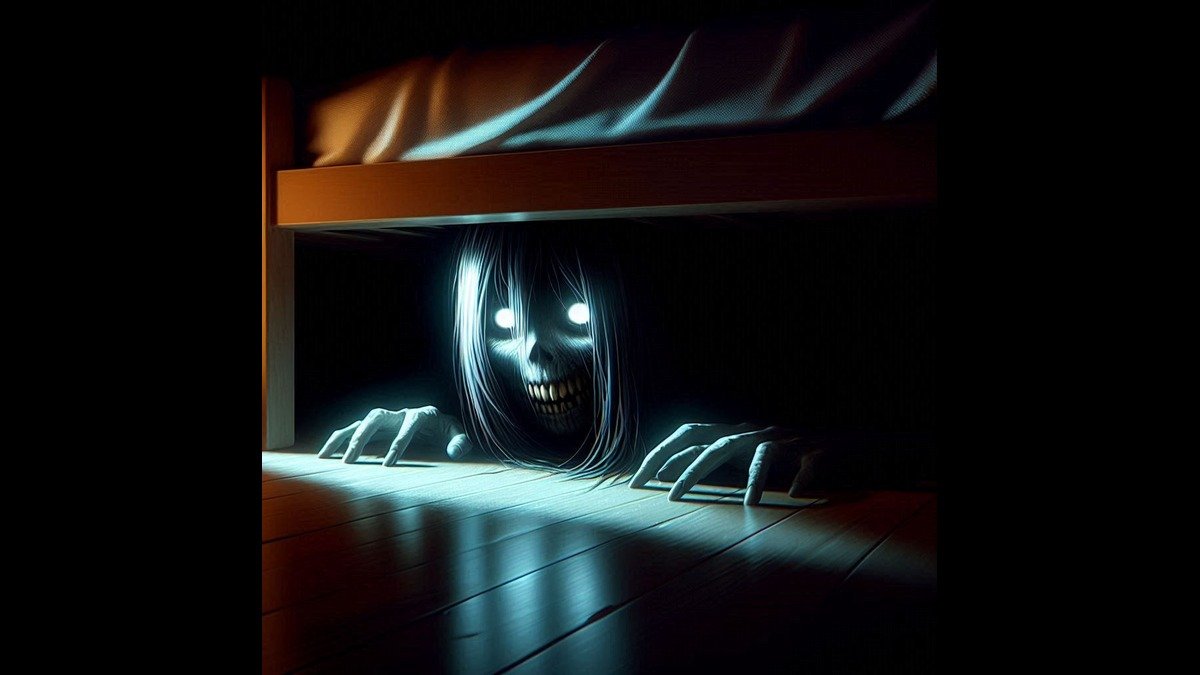The Boogeyman legend is one of the most enduring and universal tales of terror in human culture. Found in nearly every society across the globe, this mythical creature has terrified children for centuries—taking different forms, but always carrying the same chilling message: behave, or the Boogeyman will get you.
Whether whispered by worried parents or portrayed in chilling bedtime stories, the Boogeyman embodies the primal fear of the unknown. In this in-depth documentary-style journey, we explore the global variations, psychological roots, and dark cultural significance of the Boogeyman legend.
Ancient Roots of the Boogeyman
Long before the name “Boogeyman” entered popular culture, similar figures existed in ancient myths. In Ancient Greece, a creature called Mormo was said to sneak into rooms to eat misbehaving children. In medieval England, parents warned their children about the Bugbear, a ghostly creature who would prey on the disobedient.
Even in ancient Egypt, stories existed of dark spirits who came for those who strayed from moral paths. The consistency is shocking: a universal archetype, born from humanity’s fear of darkness, disobedience, and death.
Transition: Across continents, a similar fear whispers through the generations…
Global Variants of the Boogeyman

Each culture has its own version of the Boogeyman. Some are grotesque and violent, others are silent and lurking. But all carry the same psychological weight.
- Germany: The “Buhmann” or “Schwarze Mann” – a shadow man who carries naughty children away.
- Spain and Latin America: El Coco, a faceless figure who watches children from rooftops.
- Indonesia: The “Wewe Gombel” – a ghost woman who kidnaps neglected children.
- Middle East: “Abu Rigl Maslukha” – the man with burnt legs, a terrifying symbol of retribution.
- Japan: “Namahage” – demon-like creatures who visit homes during New Year to scare lazy children.
These cultural versions reflect unique societal values, but the root fear is the same: control through fear of the unknown.
The Boogeyman in Western Folklore
In Western culture, especially in the United States and Britain, the Boogeyman took shape as an amorphous, undefined terror. Unlike Dracula or Frankenstein, the Boogeyman has no fixed appearance. This formlessness makes it more terrifying—it could be anything.
He hides in closets. Under beds. Behind curtains. In whispers.
“He doesn’t exist,” parents say. “But what if he does?” replies the child.
The Psychology Behind the Fear

From a psychological perspective, the Boogeyman serves as an externalization of childhood fears. Developmentally, children are learning to separate reality from imagination. The Boogeyman is the shadow of that confusion.
But more than that, it represents the idea of consequence. Unlike real-world punishments, the Boogeyman’s justice is vague, mythical, terrifying—and ultimate.
Psychologists argue that this fear also helps children process abstract ideas like mortality, isolation, and authority. It’s a coping mechanism, albeit a frightening one.
The Boogeyman in Pop Culture

With the rise of movies, games, and books, the Boogeyman legend found new homes in pop culture.
- John Wick: The titular character is called “Baba Yaga” — a nod to Eastern European Boogeyman myths.
- The Babadook (2014): A modern psychological horror film rooted in Boogeyman archetypes.
- Slender Man: A viral internet legend sharing the same traits — faceless, shadowy, fearsome.
The Boogeyman legend has evolved, adapting to modern fears: isolation, the internet, strangers, even climate doom.
Real-Life Impacts: Fear Gone Too Far

There are darker sides to this legend’s power.
In 2009, reports from South America revealed cases where children were left traumatized by parents using El Coco threats too severely. Some even reported anxiety disorders and insomnia caused by persistent “Boogeyman conditioning.”
Fear can control—but it can also harm. The legend walks a thin line between moral lesson and psychological damage.
Is the Boogeyman Still Relevant?
Yes. And perhaps now more than ever.
Modern society may scoff at monsters, but fear has simply changed faces. The Boogeyman isn’t just under the bed—it’s in headlines, in algorithms, in the uncertainty of our world.
Parents still invoke him. Children still believe in him. And deep inside, even adults wonder…
What if something is watching in the dark?
The Boogeyman Never Dies
The Boogeyman legend is not just a story—it’s a mirror reflecting our darkest anxieties and cultural boundaries. From ancient myth to modern meme, it remains a powerful force in the human psyche.
He is faceless, formless, eternal. And as long as there is fear… the Boogeyman will remain.




